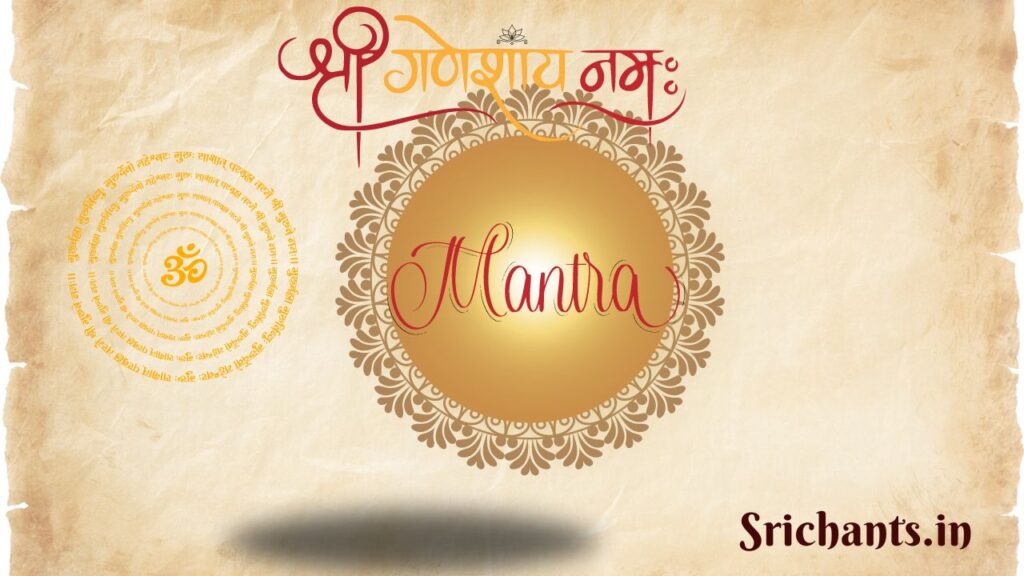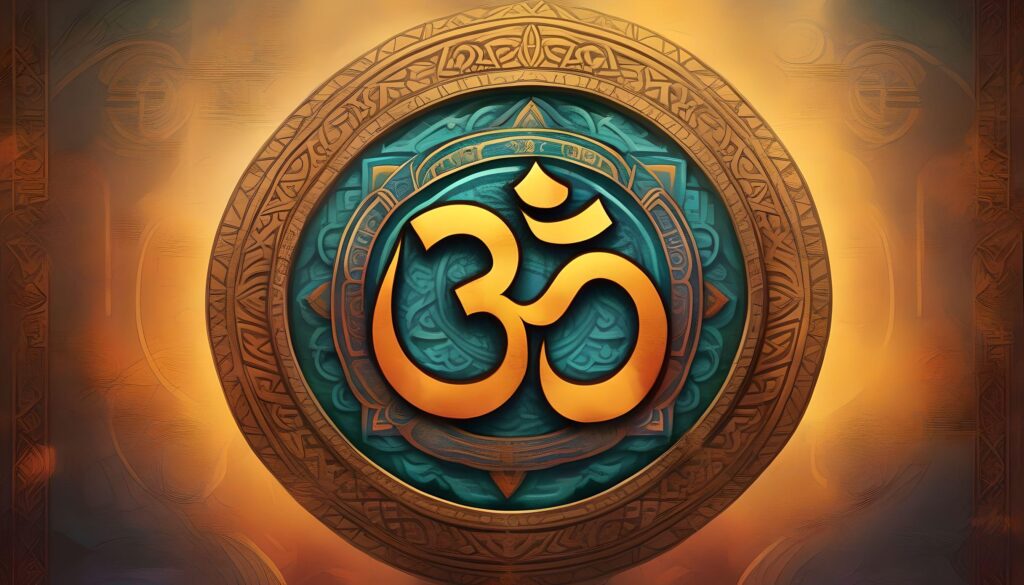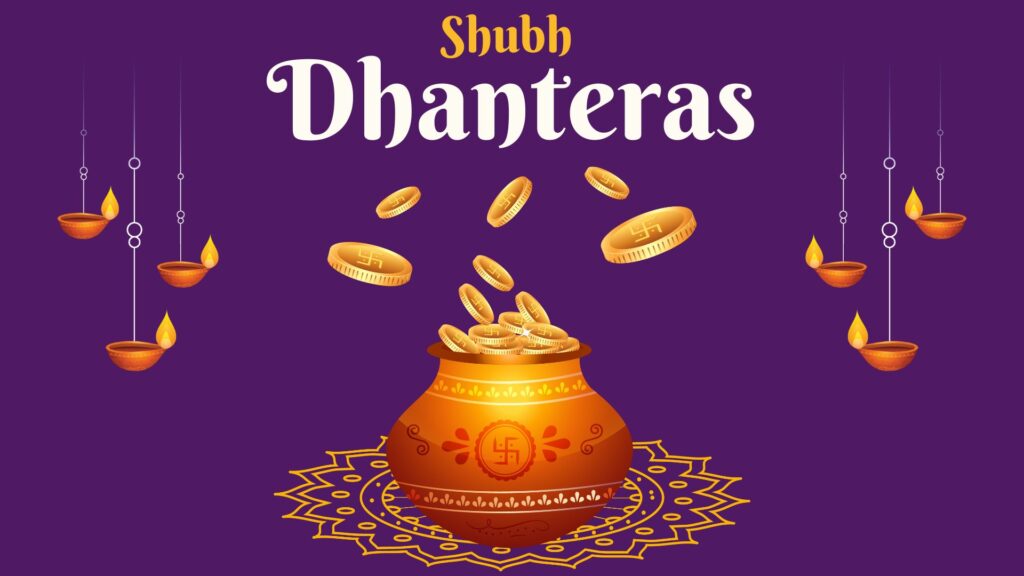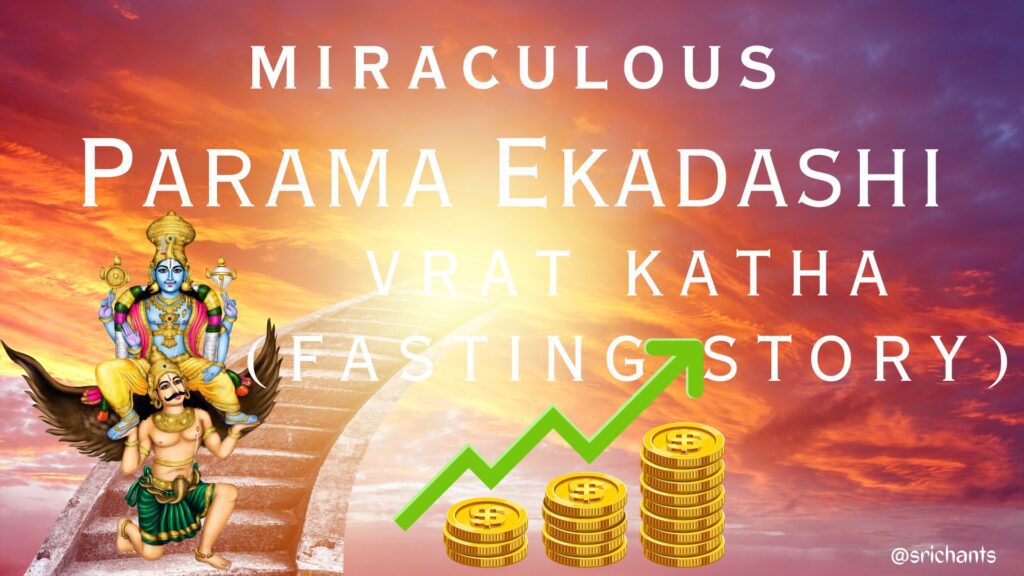Introduction
Mantras are an ancient and potent instrument within the domain of spirituality, having been utilized to establish a connection with the divine, augment meditation routines, and manifest positivity into our existence. These sacred auditory stimuli, which have their origins in antiquity, possess profound meanings and have the potential to greatly influence our psychological, emotional, and spiritual welfare. This all-encompassing manual will examine the universe of mantras, including their various types, benefits, and meanings. Regardless of your level of expertise or curiosity, this article aims to furnish you with a more profound comprehension of mantras and the profound impact they can have.
The Essence of Mantras
Mantra practice is predicated on the transformative potential of sound and vibration. Mantras are pre-Vedic Sanskrit melodic expressions that date back approximately 3000 years. Supplicatory hymns transcend mere words or sentences, embodying profound spiritual energy. Mantras induce a trance-like state in the practitioner when chanted or recited, which culminates in an elevated state of spiritual awareness. Whether chanted aloud or softly spoken, the repetition of mantras possesses the capacity to stimulate the inner self and direct one towards the path of truth, love, and serenity.
The Benefits of Mantra Chanting
The impact of mantra chanting extends well beyond the domain of spirituality, influencing profoundly our physiological and psychological conditions. Mantra-generated sounds possess the capacity to effectuate emotional transformations and heighten states of consciousness. In this discourse, we shall examine a few remarkable advantages that arise from the integration of mantra recitation into our daily existence:
- Clarity and Calmness: Chanting mantras clears the clutter of the mind and calms the nervous system, leading to a state of inner peace and tranquility.
- Heart Health: Mantra chanting slows down the heart rate and can result in decreased blood pressure levels, promoting cardiovascular health.
- Enhanced Sleep and Regeneration: By relaxing the mind, mantra chanting aids in deep sleep, allowing the body to regenerate and heal itself.
- Stress Reduction: Many psychiatrists believe that mantra chanting helps reduce stress levels and may even lower the risk of neurodegenerative diseases such as Alzheimer’s and Parkinson’s.
- Positive Vibrations: The vibrations generated by mantras create a shield of positive energy around the practitioner, influencing their surroundings and promoting a harmonious environment.
- Healing Effects: Mantras have been used for centuries as a part of holistic healing practices. The vibrations penetrate deep into the body, promoting cellular healing and overall well-being.
Further evidence from China Agricultural University indicates that the vibrations generated by Buddhist mantras may have a beneficial effect on agricultural productivity and serve as a deterrent against parasites; this further underscores the significant environmental implications of mantras.
The Relationship Between Mantras and the Mind
A comprehensive comprehension of the potency of mantras necessitates an exploration of their correlation with the human mind. The word “mantra” originates from the ancient Sanskrit language and is composed of the vocabularies “man” (consciousness) and “tra” (instrument or tool). By means of mantras, our thoughts and emotions can be brought into harmony and equilibrium.
The human mind is perpetually engaged in activity; therefore, reciting mantras serves to calm the mind and promote tranquility. By penetrating our conscious mind, the vibrations generated by mantras grant us access to a subtle force that enhances both our spiritual and mental awareness. Visualize a mantra as a germinated seed deposited within the garden of our consciousness, where its potent vibrations flourish into an exquisite blossom and invigorate our senses. The majority of mantras are melodic expressions that, while lacking literal significance, aim to enhance and elevate the practitioner’s senses.
Astrological and Religious Significance of Mantras
Each mantra is linked to a celestial entity, through which it directs its energy and power. By reciting a mantra, one establishes a connection with the universal consciousness and accesses this divine energy. Mantras are of profound significance within a multitude of religious and spiritual traditions, serving as a conduit for the practitioner to establish a connection with the divine. Hinduism, Buddhism, and various ancient texts such as the Vedas, Upanishads, Mahabharata, and Ramayana contain them extensively.
By means of mantra vibrations harmonizing and activating the life force energy of the chakras and nadis (energy channels) within the human body, this is achieved. A distinct mantra is associated with each chakra, which, when chanted, serves to stimulate and harmonize its energy. Moreover, faith and devotion are intrinsically linked to the practice of mantras, as it is through our chants that we solicit the guidance, protection, and favors of the divine forces.
The Science Behind Mantras
In addition to their profound spiritual and religious implications, mantras also exhibit transformative qualities supported by scientific evidence. The utterance of mantras produces vibrations and sounds that influence the environment and promote the attainment of a state of awareness. By revitalizing the psyche, these vibrations induce a state of tranquility and relaxation. Even more, scientific research has demonstrated that the memorization of Vedic mantras causes specific brain regions associated with cognition to enlarge.
By stimulating various regions of the brain with their vibrations and sounds, mantras induce the release of compounds that promote mental health and relaxation. These physiological reactions play a role in mitigating tension levels and promoting a general state of tranquility. Mantras derive from vibrational sounds that have been present since the inception of the universe; these sounds purify the spirits and astral bodies of those who recite them.
Types of Mantras
There is a wide variety of mantra forms, each possessing a distinct vibrational quality and intended function. Given the existence of more than 70 million mantras, one is presented with an ample array of possibilities to investigate. Let us explore a selection of the most esteemed and extensively utilized varieties of mantras:
1. Bija Mantras
The potency of beej (seed) mantras is a fundamental component of numerous mantras. An exemplary beej mantra is “Om,” an all-encompassing syllable that serves as the foundation for innumerable mantras in diverse religious traditions. It is believed that the fundamental vibration “Om” is responsible for the formation of the entire universe. By functioning as the energetic root, it enhances the magnetic impact of any mantra that it prefaces.
Additional beej mantras invocation particular forces or deities. “Shreem” is employed to invoke the Goddess of prosperity, Lakshmi, whereas “Aim” invokes Saraswati, the goddess of knowledge. The beej mantras serve as vibrational anchors, thereby augmenting the efficacy of more protracted mantras.
2. Deity-Specific Mantras
Deity-specific mantras are those that pay homage to specific divine incarnations or deities. These mantras solicit blessings associated with health, wealth, and prosperity, in addition to praising the deity and describing her form and powers. For instance, the Ganesha mantra “Vakratunda Mahakaya” serves as an illustration. It is recited prior to commencing new endeavors or in the context of religious rituals, serving as a chant to recall past challenges and invoke good fortune.
Additional deity-specific mantras consist of invocations to divine entities such as Lord Shiva, Goddess Saraswati, Goddess Lakshmi, Buddha, and others. By uttering these mantras, one can establish a rapport with these celestial entities and solicit their counsel and favor.
3. Healing Mantras
For a very long time, mantras have been utilized for their physical and emotional restorative properties. They have historically played a crucial role in Ayurvedic rituals, contributing to the formulation of therapeutic concoctions and fostering holistic health. The Sudarshanashtakam, comprising eight verses, is an instance of a potent therapeutic mantra. Although at first difficult to recite on account of its intricate words, focused attention or mantra meditation enables one to experience the therapeutic benefits it imparts.
Additional healing mantras invoke particular divine incarnations that are linked to health and wellness, including Lord Dhanvantari, who is revered as the deity of longevity and good health. These mantras, when chanted, can induce sleep, reduce discomfort, and facilitate general recovery.
4. Peace Mantras
Peace mantras occupy a unique position within the domain of mantras due to their emphasis on interior equilibrium and tranquility. Peace mantras, as opposed to deity-specific mantras, do not laud or describe a specific deity. Conversely, they direct our focus inward, aiding in the resolution of thoughts, the revelation of our authentic selves, and the attainment of our life’s purpose.
In conjunction with heartfulness meditation, transcendental meditation, or other forms of meditation, these mantras are frequently employed to cultivate interior tranquility and facilitate a more profound comprehension of one’s own being. Instances of peace mantras consist of Lokah Samastha Sukhino Bhavantu, Shaanti Paath, and Nirvana Shatakam.
5. Yoga Mantras
Yoga comprises respiration regulation, meditation, and physical postures; it is a form of spiritual practice. In an observant manner, each yoga session commences with a supplication mantra, which invokes the guidance and blessings of Patanjali, widely regarded as the progenitor of yoga. By evoking contrition, devotion, and concentration, the “Yogena Chittasya” prayer prepares the practitioner for a profound yoga experience.
During various yoga postures and activities, particular mantras are recited in a prescribed sequence and with consistent repetition. An example of this is the Surya Namaskara, also known as the sun salutations, which are executed in synchronization with the Surya Namaskara mantra. This mantra comprises twelve names of the Sun Deity. By enhancing the spiritual and meditative dimensions of yoga, these mantras elevate the experience of the practitioner.
6. Activation Mantras
Activation mantras are distinctive in that they strive to stimulate and harmonize particular regions of the body and mind, as opposed to necessarily representing a literal meaning. Chakra healing mantras, for instance, concentrate on purifying and harmonizing the chakras, which are the energy centers of the body. An associated sound or syllable with each chakra facilitates the restoration and harmonization of its energy when chanted.
In addition, transcendental meditation employs mantras selected by a Guru in accordance with the requirements and objectives of the practitioner. The mantras have been meticulously chosen to correspond with the intentions and desires of the individual, thereby stimulating their latent capabilities.
The Significance of Mantras in Astrology
Mantras have a substantial impact on astrology as they serve to amplify the impacts of planetary energies and unite an individual’s astrological chart. A distinct mantra is attributed to each planet, which corresponds to the planet’s vitality and influences. By reciting these mantras, one can alleviate the adverse consequences of planetary positions and activate their favorable qualities.
As an illustration, devoted to Lord Vishnu, the “Om Namo Narayanaya” mantra is purported to bestow protection, tranquility, and protection against malevolent forces. Dedicated to Lord Shiva, the “Om Namah Shivaya” mantra is linked to metamorphosis, spiritual development, and emancipation from karmic cycles. When chanted with devotion and faith, these mantras have the potential to exert a positive influence on an individual’s astrological voyage.
The 40-Day Mantra Practice
Numerous spiritual practitioners and astrologers advise a 40-day mantra practice in order to fully experience the benefits of chanting. The 108-times-daily recitation of a mantra for forty days constitutes this practice. 108 signifies the quantity of nadis (energy channels) within the human body that must be stimulated in order to manifest the positive attributes of a mantra.
A forty-day practice induces a state of altered awareness, integrating the mantra into one’s everyday existence. It demands dedication, self-control, and an authentic aspiration to establish a connection with the energy of the mantra. As the mantra gradually penetrates our consciousness, it exerts a profound influence on our thoughts, emotions, and spiritual state.
How to Start Your Mantra Practice
Embarking on a mantra practice is a simple yet powerful approach to spiritual growth and self-transformation. Whether you are new to mantras or an experienced practitioner, here are some steps to help you begin your mantra practice:
- Choose a Mantra: Select a mantra that resonates with you or consult with a knowledgeable guide who can suggest a mantra suited to your needs and intentions.
- Create a Sacred Space: Find a quiet and peaceful space where you can practice your mantra undisturbed. Create an ambiance that supports your practice, incorporating elements such as candles, incense, or soft lighting.
- Set an Intention: Before you begin chanting, set a clear intention for your practice. This could be personal growth, healing, peace, or any other desired outcome.
- Find a Comfortable Posture: Sit in a comfortable position, either cross-legged on the floor or on a cushion. Ensure that your spine is straight, allowing for the free flow of energy.
- Begin Chanting: Start chanting your chosen mantra, either aloud or softly. Focus your attention on the sound and vibration of the mantra, allowing it to penetrate your being.
- Maintain a Regular Practice: Consistency is key in mantra practice. Aim to chant your mantra at the same time each day, dedicating a specific duration to it. Whether it’s five minutes or an hour, find a practice duration that suits your lifestyle and commit to it.
- Embrace the Experience: As you chant your mantra, allow yourself to fully immerse in the experience. Let go of expectations and surrender to the vibrations of the mantra. Trust that the mantra is working on a deep level, even if you may not immediately perceive its effects.
- Journal Your Insights: After each practice session, take a few moments to reflect on any insights, emotions, or experiences that arise. Consider keeping a journal to record your journey and track any shifts or transformations you observe.
Remember, the mantra is a living entity, and the more you connect with it, the more it reveals its power and wisdom. With dedication and perseverance, your mantra practice has the potential to unlock profound spiritual growth and inner transformation.
Conclusion
Mantras facilitate self-transformation, spiritual development, and a connection with the divine. Mantras—by virtue of their sacred vibrations and sounds—have the capacity to heal, elevate, and uplift our consciousness. Mantra practice has the potential to elucidate one’s path towards physical well-being, inner serenity, or a more profound connection with the cosmos.
Bear in mind that your mantra practice is an individual and singular endeavor as you commence. Leverage the potential of intention, vibration, and sound to accomplish positive transformations in your life through the infusion of mantras into your being. You will initiate a profound spiritual journey and gain access to the transformative power of affirmations through consistent effort, devotion, and an open heart.
Presently, inhale deeply, select a mantra, and allow the sacred vibrations to direct you toward spiritual enlightenment, healing, and self-discovery.








